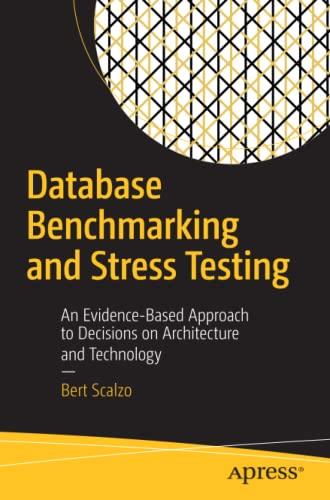Answered step by step
Verified Expert Solution
Question
1 Approved Answer
Its for signed values aswell. Write and test a MASM program to perform the following tasks (check the Requirements section for specifics on program modularization):
Its for signed values aswell.
Write and test a MASM program to perform the following tasks (check the Requirements section for specifics on program modularization):
- Implement and test two macros for string processing. These macros may use Irvines ReadString to get input from the user, and WriteString procedures to display output.
- mGetString: Display a prompt (input parameter, by reference), then get the users keyboard input into a memory location (output parameter, by reference). You may also need to provide a count (input parameter, by value) for the length of input string you can accommodate and a provide a number of bytes read (output parameter, by reference) by the macro.
- mDisplayString: Print the string which is stored in a specified memory location (input parameter, by reference).
- Implement and test two procedures for signed integers which use string primitive instructions
- ReadVal:
- Invoke the mGetString macro (see parameter requirements above) to get user input in the form of a string of digits.
- Convert (using string primitives) the string of ascii digits to its numeric value representation (SDWORD), validating the users input is a valid number (no letters, symbols, etc).
- Store this value in a memory variable (output parameter, by reference).
- WriteVal:
- Convert a numeric SDWORD value (input parameter, by value) to a string of ascii digits
- Invoke the mDisplayString macro to print the ascii representation of the SDWORD value to the output.
- ReadVal:
- Write a test program (in main) which uses the ReadVal and WriteVal procedures above to:
- Get 10 valid integers from the user.
- Stores these numeric values in an array.
- Display the integers, their sum, and their average.
Program Requirements
- Users numeric input must be validated the hard way:
- Read the user's input as a string and convert the string to numeric form.
- If the user enters non-digits other than something which will indicate sign (e.g. + or -), or the number is too large for 32-bit registers, an error message should be displayed and the number should be discarded.
- If the user enters nothing (empty input), display an error and re-prompt.
- ReadInt, ReadDec, WriteInt, and WriteDec are not allowed in this program.
- Conversion routines must appropriately use the LODSB and/or STOSB operators for dealing with strings.
- All procedure parameters must be passed on the runtime stack. Strings must be passed by reference
- Prompts, identifying strings, and other memory locations must be passed by address to the macros.
- Used registers must be saved and restored by the called procedures and macros.
- The stack frame must be cleaned up by the called procedure.
- Procedures (except main) must not reference data segment variables by name. There is a significant penalty attached to violations of this rule. Some global constants (properly defined using EQU, =, or TEXTEQU and not redefined) are allowed. These must fit the proper role of a constant in a program (master values used throughout a program which, similar to HI and LO in Project 5)
- The program must use Register Indirect addressing for integer (SDWORD) array elements, and Base+Offset addressing for accessing parameters on the runtime stack.
- Procedures may use local variables when appropriate.
- The program must be fully documented and laid out according to the CS271 Style Guide. This includes a complete header block for identification, description, etc., a comment outline to explain each section of code, and proper procedure headers/documentation.
EXAMPLE OUTPUT:
PROGRAMMING ASSIGNMENT 6: Designing low-level I/O procedures Written by: Please provide 10 signed decimal integers. Each number needs to be small enough to fit inside a 32 bit register. After you have finished inputting the raw numbers I will display a list of the integers, their sum, and their average value. Please enter an signed number: 156 Please enter an signed number: 51d6fd ERROR: You did not enter a signed number or your number was too big. Please try again: 34 Please enter a signed number: -186 Please enter a signed number: 115616148561615630 ERROR: You did not enter an signed number or your number was too big. Please try again: -145 Please enter a signed number: 5 Please enter a signed number: +23 Please enter a signed number: 51 Please enter a signed number: 0 Please enter a signed number: 56 Please enter a signed number: 11 You entered the following numbers: 156, 34, -186, -145, 5, 23, 51, 0, 56, 11 The sum of these numbers is: 5 The rounded average is: 1 Thanks for playing!
Step by Step Solution
There are 3 Steps involved in it
Step: 1

Get Instant Access to Expert-Tailored Solutions
See step-by-step solutions with expert insights and AI powered tools for academic success
Step: 2

Step: 3

Ace Your Homework with AI
Get the answers you need in no time with our AI-driven, step-by-step assistance
Get Started


